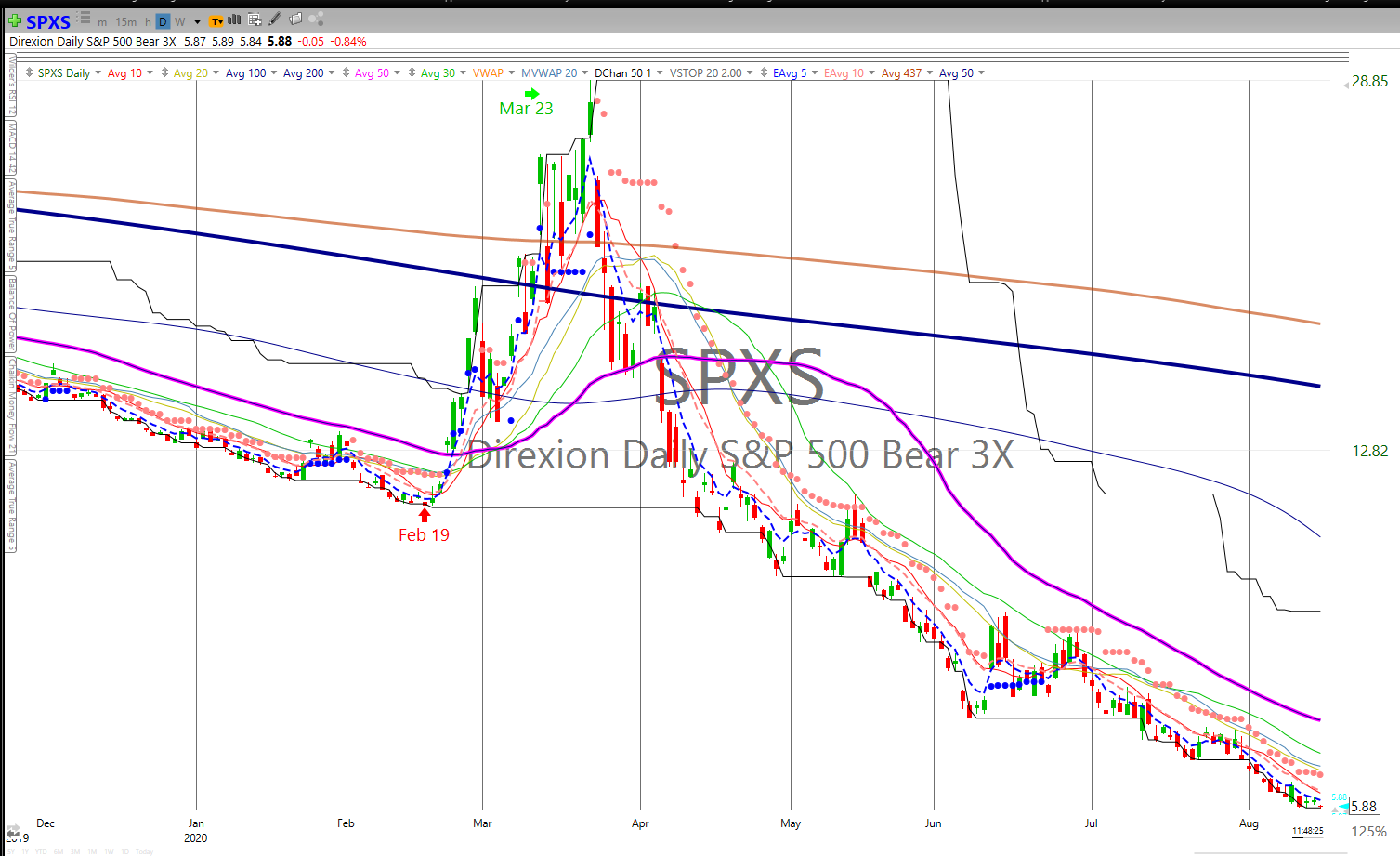Heads or Tails?
Them’s your odds.
Heads a normal, relatively healthy retirement. Tails long-term care (LTC).
So it’s 50-50.
Actually, the stats show differing percentages for men and women over 65. For men, 46.7% will need LTC, for women it’s 57.5%. 1
For all, roughly 50-50. Flip a coin. Heads or tails.
No one should plan a financial future with a coin flip.
Unfortunately, many do just that: they take the chance that the coin flips to heads. Then, something happens. A broken hip. Onset of dementia. Or these days, COVID-19. Suddenly, the husband or the wife, or both, need assisted care. The cost can spell financial disaster.
Horror Stories Abound
Writing for MoneyWatch, Steve Vernon recounted “3 Horror Stories” involving the need for long-term care.
Here’s one:
A seventy-something friend of ours is taking in her 98-year old aunt, who ran out of money. The aunt’s son can’t or won’t help his mother, for whatever reason. Our friend and her eighty-something husband feel very strongly about letting her aunt live with them, despite the extreme disruption to their lives. But what happens when the aunt needs some form of long-term care? Our friend still works full time, and her husband isn’t really qualified or able to help if the aunt needs extensive care. 2
Many will face situations requiring LTC. And when they check their balance sheets, the question inevitably arises: Just how the heck am I going to pay for this?
Long-Term Care: The Price Tag
The numbers provide little solace. According to the National Association of Insurance Commissioners and the Center for Insurance Policy and Research, of those turning 65 between 2015 and 2019, 57.5% can expect to pay less than $25,000 on long-term care during their lifetimes. But 15.2% can expect to pay more than $250,000. 3
In 2016, the median annual cost of a semiprivate room in a nursing home was $82,125. A private room ups the ante to $92,378. 4
Planning for Long-Term Care
Many have looked to insurance to stave off the costs of long-term care. In the late 1970s, LTC insurance was called “nursing home insurance.” Only a few insurance companies wrote these policies. Back then, the annual national cost of long-term care totaled $20 billion. By 1980, those numbers grew to $30 billion. Now they have ballooned to $225 billion. 5
When the calendar flipped to the current century, many carriers started to exit the market. In the words of the NAIC Report:
Most insurers’ [LTC policies] issued before the mid-2000s have seen adverse experience when compared to their original pricing assumptions. Rising claims, low mortality and lower than expected lapses have led to higher prices often unaffordable to a large segment of the affected population. A number of insurers have also opted out of the market, leaving only a relatively few insurers to provide much needed LTC products. 6
The LTC policies provided back then were reimbursement, term-type policies. They resembled car insurance. They provided no cash value and no refund options if you died suddenly. You received no guaranteed renewal options. The insurance company could cancel your policy or raise your premiums. Not a pretty sight.
Needless to say, buyers of these products stopped buying. So insurance companies came up with hybrid products.
Now, using a guaranteed “no lapse” life insurance policy with two important riders, clients can protect their families from their early death, from disability, and from running out of money at, say, age 85.
The NAIC study describes this new approach:
One area of continued growth in the market is with combination or hybrid products. These products combine LTC benefits with either life insurance or an annuity. They can pay out if LTC is needed, but if not needed, there is a death benefit or annuity payout. In cases where an individual uses some, but not all, of LTC benefits, the remainder would be payable as a death benefit. This is one of the principal appeals of combo products. If LTC is never needed, there is still a return on the money invested in the premium. 7
Example of the Hybrid Approach
To take just one example, a one million dollar life insurance policy with LTC and annuity riders protects your family from your premature death with the payment of a tax-free amount of $1 million. If you become disabled and can show an inability to perform certain daily routines, the LTC rider provides up to $120,000 of annual long-term care costs. And, if you live to age 85, the annuity feature kicks in: you can receive the entire $1 million death benefit through 10 annual payments of $100,000.
Give Us a Call
For 30 years, Research Financial Strategies has helped families like yours achieve their financial goals by providing a customized investment solution that is not only easy to understand and but is also focused on meeting your goals.
This starts with an in-depth understanding of you and your family, your current situation and your aspirations—not just for your money, but for your entire life. Often, that’s where LTC insurance, life insurance, and annuities can play a big role.
We always provide first-class service by taking the time to gain a deep understanding of you and your family. We work closely with you to develop a customized strategy that connects all aspects of your financial life. By focusing on all risks, we can help you protect what you’ve earned and guard against events that can take it away.
Give Jack Reutemann a call at (301) 294-7500.
1 75 Must-Know Statistics About Long-Term Care: Sobering data on usage, cost, insurance products, and the toll on unpaid caregivers, by Christine Benz, Aug 31, 2017. https://www.morningstar.com/articles/823957/75-must-know-statistics-about-long-term-care (“Morningstar Report”)
2 The Long-Term Care Threat: 3 Horror Stories, by Steve Vernon, Updated on: July 28, 2011 / 6:03 PM / MoneyWatch, CBS News. https://www.cbsnews.com/news/the-long-term-care-threat-3-horror-stories/
3 The State of Long-Term Care Insurance: The Market, Challenges and Future Innovations, by Eric C. Nordman, Director, Center for Insurance Policy and Research, May 2016 (“NAIC Report”). https://www.naic.org/documents/cipr_current_study_160519_ltc_insurance.pdf
4 Morningstar Report https://www.morningstar.com/articles/823957/75-must-know-statistics-about-long-term-care
5 NAIC Report https://www.naic.org/documents/cipr_current_study_160519_ltc_insurance.pdf
6 NAIC Report https://www.naic.org/documents/cipr_current_study_160519_ltc_insurance.pdf
7 NAIC Report https://www.naic.org/documents/cipr_current_study_160519_ltc_insurance.pdf






